Mortal Kombat is one of the most influential game series of all time and was actually responsible for the age rating system for games that still exists today. When it was released in the 90s, the series introduced graphic violence to a degree that had never been seen before. Games with violence and decapitations already existed, sure, but what was new here were the graphics with digitized actors.
Seeing Johnny Cage tearing off heads with his punches or Scorpion revealing he was a skull beneath his mask was too much for the reactionary politicians and conservative parents who demanded censorship and changes in the way their children consumed video games. If you search on YouTube, you’ll find news segments talking about how violent the game was and politicians meeting with representatives from SEGA and Nintendo discussing the violence in games.
Can we say that the greatest triumph of the franchise created by Ed Boon and John Tobias was also its biggest setback? Maybe so, because the public's exaggerated reaction to their game forced the company to take it in some new directions, and many of them were not well received by that same public. This led to an inevitable reboot of the franchise, trying to get it back on track. Mortal Kombat received not one, but two reboots, which left many fans confused as to what was happening on the Earthrealm.
So to help you, who have been away from Sub-Zero, Scorpion, Liu Kang and the other Kombatants since the 90s and want to return to the franchise without getting lost in its story, we will explain the reboots of Mortal Kombat and, in case you have any questions, leave a comment.
Rise and Fall
Released in 1990, Mortal Kombat blew up a lot of people's minds with its graphics, full of digitized actors and exaggerated violence, with red blood flying across the screen, blows that looked like it would really hurt and powers that really seemed to cut opponents deep. Ryu, Ken, Chun Li and other fighters were cool, but a Shoryuken didn't have the same "weight" as a well-placed hook to the face of another fighter who took almost 30% from the opponent's life bar and left the ground stained with blood.
At the time, this was an absurd! I remember seeing Johnny Cage's Fatality for the first time and not believing what I was seeing. I don't know where I got the money to buy a chip (very expensive 25 cents chips and some arcade houses programmed the game to only work with two) and I wasn’t able to get past the third fighter, much less do any magic or fatality. However, it was incredible!!
SEGA and Nintendo wanted this “money-making machine” on their consoles as quickly as possible and in 1993, on a Monday, Mortal Monday announced that home consoles would receive ports of the game.
Nintendo wanted Mortal Kombat, but they didn't want all that violence, so they modified the game to replace the blood with "sweat" or something like that, which gave SEGA a big advantage in the "console war", since the versions for Master System, Game Gear and Mega Drive had the “blood code” (or Honor Code) which, when activated, enabled the original blood and fatalities.
When this cartridge arrived at rental stores, I had to wait weeks and reserve it until I could rent it! The other kids didn't leave my house, because we spent the whole day playing Mortal Kombat trying to do a fatality and stopping the others from doing it! This rambling of mine about my personal history with MK is all just to say: This game changed everything! So now, let's focus on it.
With the success of Mortal Kombat 1, a sequel was more than expected! And so they came. Mortal Kombat 2 was a success, perhaps not as big as the first, but very famous too. It introduced Babalitys, as a way to make fun of those who complained about the violence in the first game. However, something seemed to change then. It wasn't as violent as the first one. It featured more exaggerated final blows, lots of bones flying across the screen, bodies exploding instead of staying on the ground, bleeding. It felt more “contained”.
The third game was also a success, since it was a Mortal Kombat, but, again, it came with exaggerated anatomy (each fighter seemed to have 6 rib cages, 15 femurs, 12 pelvic bones and who knows how many more repeated bones), the “blood stain” which appeared in the explosions was always the same, the fatalities were much “cleaner” and the introduction of animalities generated crude things like someone dying because a skunk released stench from its tail.
On top of that, the game received several Ultimate versions (which were never the last), that added new fighters and other things such as running, Aggressor bar for combos and Brutalities. Back when there were no DLCs that you could download and update the game, buying the same cartridge multiple times for the sake of one or two new fighters was complicated.
Mortal Kombat 4 ended the era of digitalized actors and moved on to 3D, following the tendencies of other games, such as Virtua Fighter or Tekken, which was not well received by fans and, at the time, Arcade houses were getting increasingly rare, making it so that the game laid in the hands of those who had the latest generation consoles, such as the PlayStation 1.
Can we say that this is the “beginning of the fall”? Yes, because we have a game with stiff, bad gameplay, confusing movement and the lack of fan-favorite fighters, such as Kano and Kitana. And to resolve this, Mortal Kombat 4 Gold was released. The problem: it was exclusive to the Sega Saturn, a console which was already in bad shape at the time. A decision that was a true fatality for the franchise.
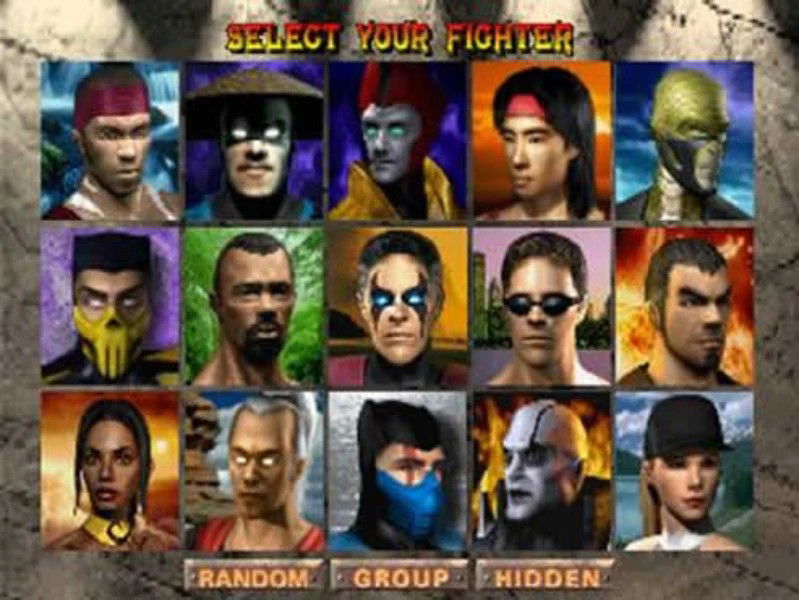
After that, the franchise was just “Deception”, so much so that not even crossovers with the DC Comics heroes managed to save it and everything ended in an “Armageddon”. The following games came with silly things such as kart racing, Tetris, dozens of irrelevant characters, confusing stories and retcons, as well as other problems that only added more nails to the coffin.
Sure, there were excellent spin-offs like Shaolin Monks, bombs like Special Forces, and poorly executed good ideas like Mythologies: Sub-Zero, but as far as the main franchise goes, Mortal Kombat was in that “Finish Him” state just waiting for the final blow.
First Reboot
In 2010, the studio responsible for releasing the MK games, Midway, was purchased by Warner Bros. Interactive and became Netherhelm Studios. Maybe it was Warner who came up with the idea of rebooting the franchise? Probably, but we can say that this was MK's salvation, as it put the franchise back in the place it should have never left. The idea was simple: go back in time, erase all that mess made in the mid-2000s, and return to the good old violence that made Mortal Kombat what it was.
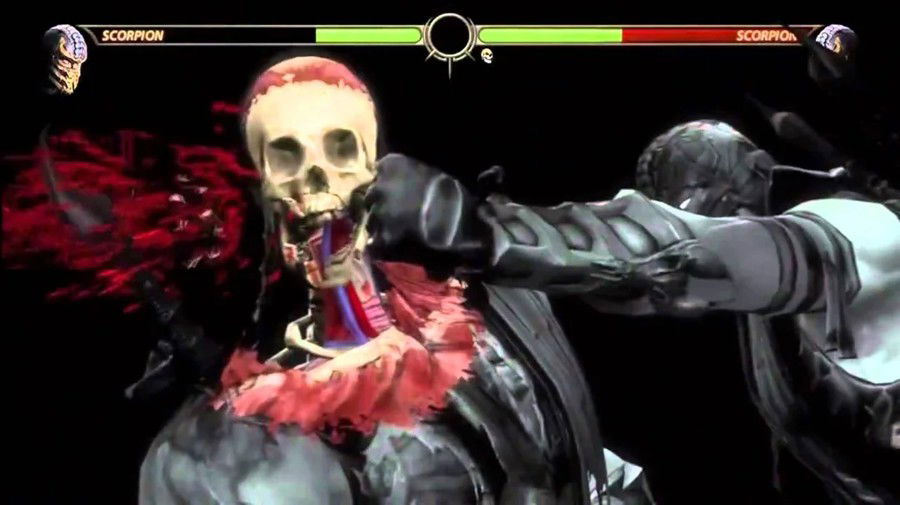
Mortal Kombat, exactly like the first, (but because it was the ninth mainline title, it was also called MK 9) was the title that would do this. Its events begin exactly where the last game, MK Armageddon, ended, with all fighters killed on the steps of the temple of Blaze, the fire elemental that would destroy the world due to the actions of the protagonist characters of the story mode, Tevan and Deagon.
Shao Khan defeated Blaze and gained the elemental's powers, becoming invincible and defeating Raiden. Fallen, the god of thunder finally realized where he had gone wrong in all those years: “He must win”, was the phrase spoken to the pieces of Shinnok's amulet that sent Raiden's consciousness to the past, exactly to the beginning of the 10th Mortal Kombat tournament, which took place on Shang Tsung's island and which would make Liu Kang the champion and protector of the Earthrealm.
The ninth game retells, with some changes, the first three games in the franchise, ending with the invasion of Outworld and a fight between them and Liu Kang, but it’s at this moment that Raiden understands the message he sent to himself: “He must win” did not refer to Liu Kang but to Shao Khan himself, who had to win the fight so that he could invade the Earthrealm and thus disobey the Elder Gods, forcing them to take action against disobedience. Liu Kang doesn't accept it, and Raiden ends up killing him. Shao Khan invades Earthrealm and, as Raiden had foreseen, he was punished by the Elder Gods and destroyed.
The following game, Mortal Kombat X, retells the events of Mortal Kombat 4 but with significant differences and introduces new characters, such as Cassie Cage, Kotal Khan and Devora’h. In the plot, even though they regret losing Liu Kang, Raiden and the Kombatants have to worry about the invasion of Netherhelm, led by Quan Chi and the Kombatants revived by his magic. Quan Chi wants to find Shinnok's amulet and bring back the exiled elder god. In this game, we find out more about Johnny Cage's ancestors, a group of monks trained to destroy Shinnok.
(It’s in this game that we had the controversial dubbing in PT-BR of Cassie Cage done by the Brazilian singer Pitty)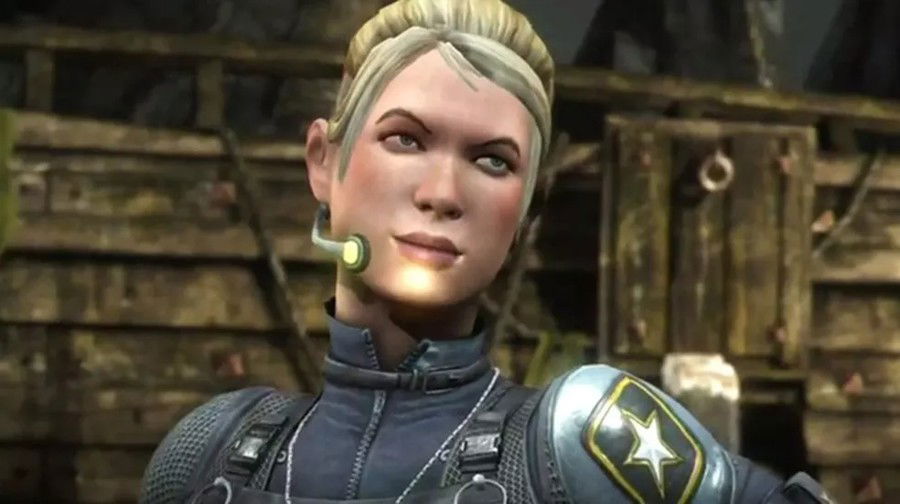
In Mortal Kombat 11, we have the beginning of the franchise's next reboot, with the goddess of time, Kronica, and her immortal ally Geras trying to undo what Raiden did by going back in time. However, Raiden has very little patience for invaders of the Earthrealm. He decapitated Shinnok (which is a serious problem for someone who can't die) and used it to send a warning to the new rulers of the Netherhelm, Liu Kang and Kitana's zombies.
In Outworld, during the trial of one of Shao Khan's minions, Kollector, time begins to collapse, bringing younger versions of Sonia, Liu Kang, Kung Lao, Jax and other fighters, both living and dead, from the past. Raiden goes to the Elder Gods to find out what was happening and the goddess of nature, Cetrion, explains that this was Kronica's plan to reestablish the original timeline before Raiden interfered. Now, it's up to the fighters to beat Kronica and see what they do with the timeline.
A New Beginning
Perhaps influenced by Superhero movies, the word of the moment in the entertainment world is “multiverse”. Mortal Kombat didn’t want to be left behind in this trend and, so, rebooted its universe once again and reset the numbering of its titles once again. Mortal Kombat 1, released in 2023, brings a new story after the end of the previous timeline with the defeat of Kronica.
In possession of The Hourglass, it was up to Liu Kang, the god of fire, to rebuild all the kingdoms. He used his powers, alongside Geras, to rebuild them with changes. To his allies and friends, he gave simple, peaceful lives, and villains such as Shang Tsung and Quan Chi were stripped of their powers and condemned to wander around like normal people. Other things happened naturally, without his direct interference, such as the creation of a disease that deforms those infected by it, called Tarkat. Among these infected are a noble merchant named Baraka and Princess Mileena, daughter of Queen Sindel and sister to Princess Kitana.
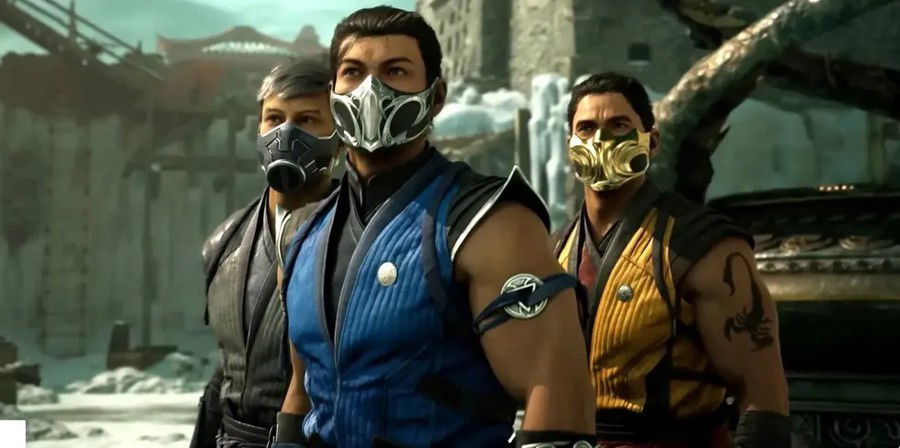
However, to disrupt the peace created by the titan Liu Kang, a mysterious figure appears and starts to alter everything he had done. This figure tells Shang Tsung that he was a powerful sorcerer and teaches him mystical arts. He allies with General Shao, leader of the Outworld armies and with plans to conquer the other kingdoms, and with the sorcerer Quan Chi, who was a slave in the mines of Netherhealm.
In the end, we found out that the mysterious figure was the titan Shang Tsung, that is, a Shang Tsung from a reality where he, and not Liu Kang, defeated Kronica and took control over The Hourglass, creating his own version of the Realms. Liu Kang didn't know that these other universes existed, but now he has to prevent his universe from being invaded and dominated by Shang Tsung's universe.
What will be MK’s future?
The MK 1 DLC, Khaos Reigns, opened the door to this multiverse theme, with the titan Havik (the version where Havik defeated Kronica and took The Hourglass and blah blah blah) attacking Liu Kang's plan. So, if there’s a version where Havik is a titan and one where Shang Tsung is a titan, there are certainly titanic versions of Shao Kan, Shinnok, Raiden and others, which gives a lot, a lot of material for the next games.
All that’s left now is to wait for what’s to kome.









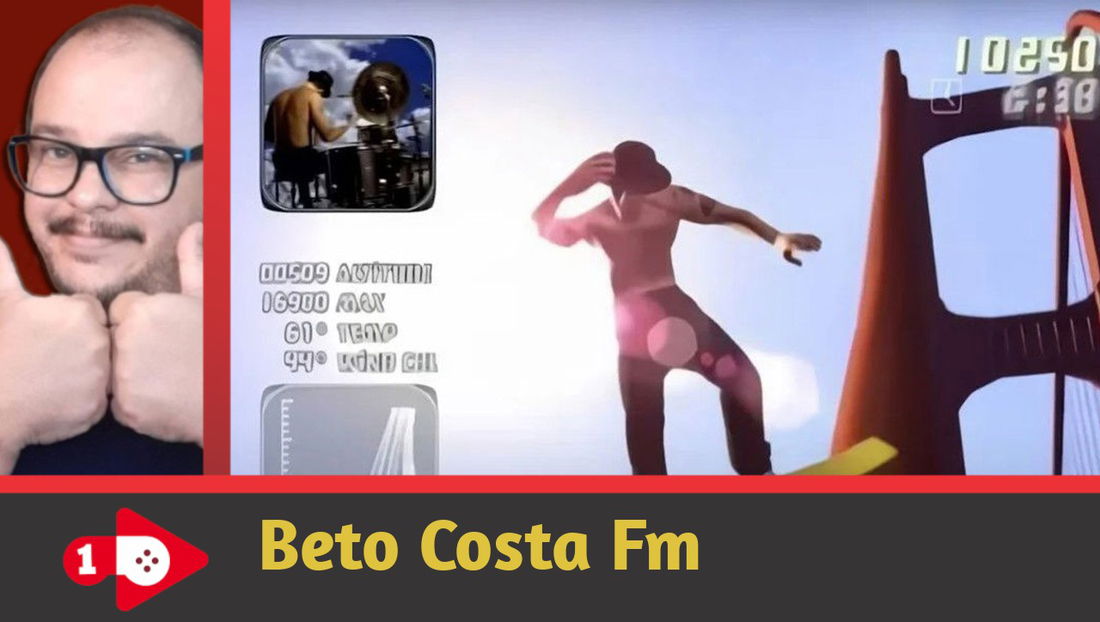
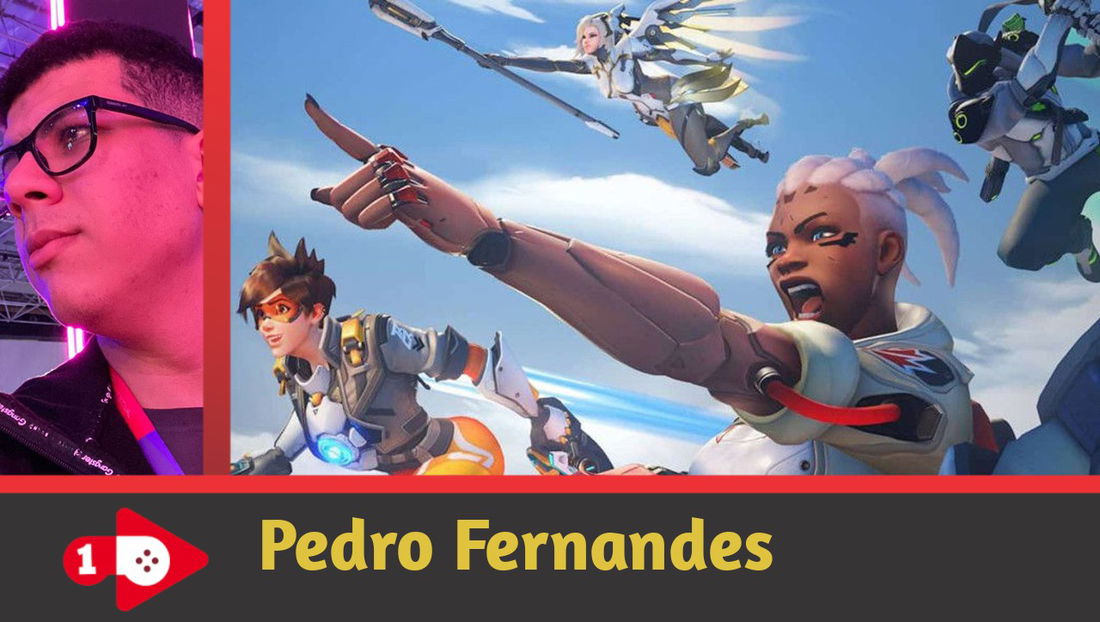

— تعليقات 0
, ردود الفعل 1
كن أول من يعلق